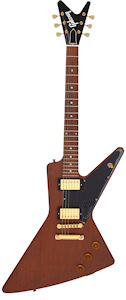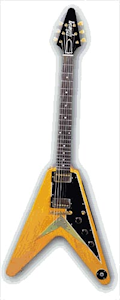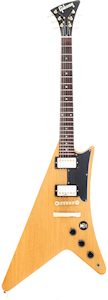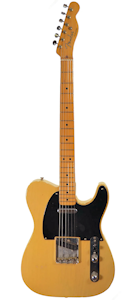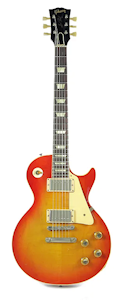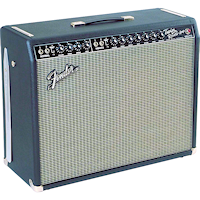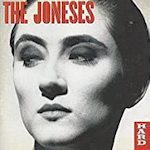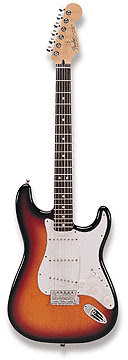
The Hammond B-3 is an electronic organ first introduced by the Hammond Organ Company in 1954. It used mechanical rotating tonewheels coupled with electro-magnetic pickups to create its signature sound. It quickly became popular in jazz, blues, and gospel music, and was eventually adopted by many classic rock musicians in the 1960s and 1970s.
Its unique sound has contributed to some of the most iconic songs in rock history. Many notable rock musicians, including Jimmy Smith, Keith Emerson (Emerson, Lake & Palmer), Gregg Allman (The Allman Brothers Band), and Jon Lord (Deep Purple), have used the Hammond B-3 organ.
One of the most famous uses of the Hammond B-3 in classic rock is on the song "Whiter Shade of Pale" by Procol Harum. The song features a prominent organ riff that is instantly recognizable and has become one of the defining sounds of the era. The distinctive organ riff played by Al Kooper on Bob Dylan's "Like a Rolling Stone" is another memorable example.
One of the reasons why the B-3 organ is so popular in classic rock is its ability to produce a wide range of sounds. The organ has two keyboards, or manuals, and a set of pedals that are played with the feet. The B-3 has two sets of nine drawbars that allow the player to adjust the sound of the organ by controlling the levels of the different harmonics. This gives the player a lot of flexibility to create different sounds and textures.
In addition to its versatility, the B-3 organ is also known for its warm, full-bodied sound. The organ's rotating tonewheels produce a distinctive vibrato and chorus effect that gives the instrument a rich, lush sound that is perfect for rock music. When paired with a Leslie speaker cabinet, with its rotating speakers providing a variable tremolo effect, the B-3 produces the signature sound familiar to fans of classic rock.
In the 1970s, the Hammond Organ Company abandoned the use of tonewheels in favor of integrated circuits. These organs were less popular, and the company went out of business in 1985. The Hammond name was acquired in 1989 by the Suzuki Musical Instrument Corporation, which then manufactured digital simulations of the most popular tonewheel organs. This culminated in the "New B-3" in 2002, a recreation of the original B-3 sound using digital technology. Other companies such as Korg, Roland, and Clavia have been successful in producing more lightweight and portable emulations of the original tonewheel organs.


